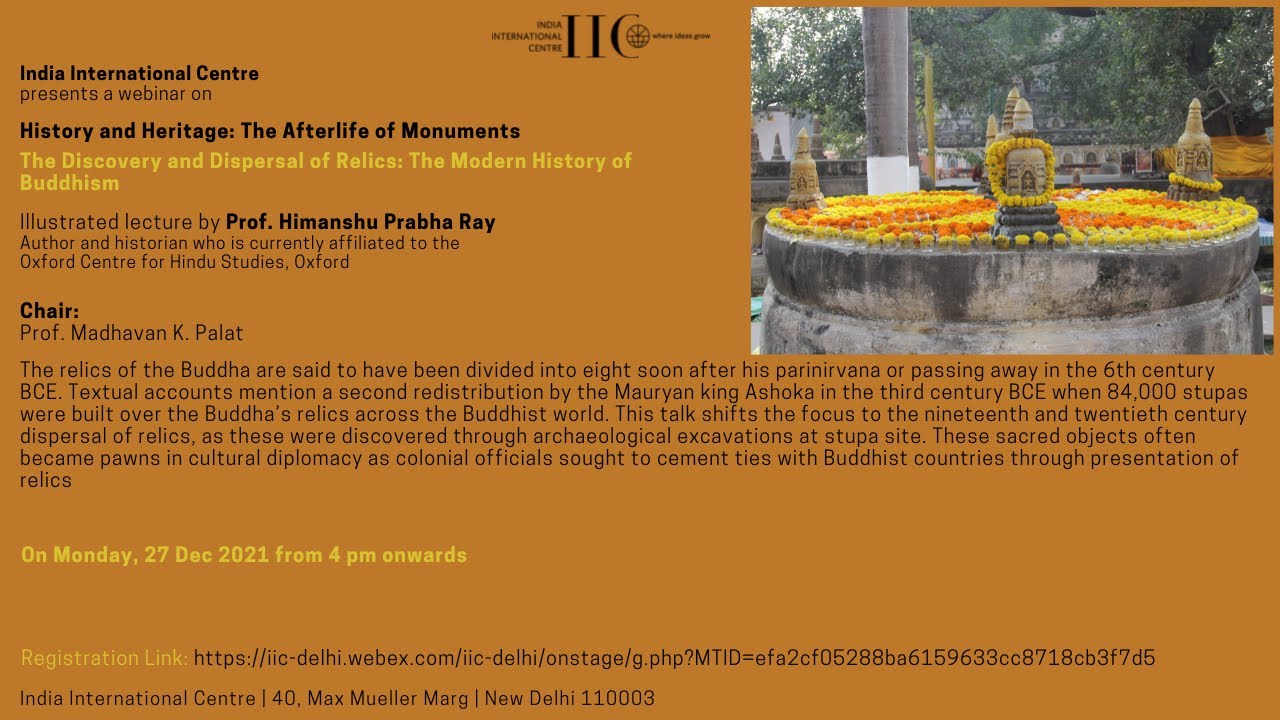PHYSICAL / ONLINE PROGRAMME
A WEEK OF BOOK LAUNCHES
DECEMBER 13th-17th
MONDAY DECEMBER 13th
FURROWS IN A FIELD by Sugata Srinivasaraju
H D Deve Gowda, Fali Sam Nariman, Farooq Abdullah, Jairam Ramesh & Sitaram Yechury will release the book followed by conversation
Moderator : Praneet Bubber
6.30pm | Multipurpose Hall
Watch it live https://youtu.be/9BjxIqfJfBI
TUESDAY DECEMBER 14th
Hindi Ki Pehli Adhunik Kavita by Sudipti
Conversationalist : Anu Shakti Singh
12 noon | Annexe Court
Watch it live https://youtu.be/cnacdE5ePgA
Rangon Ki Manmani by Waseem Nader
Conversationalist : Dr Bakul Dev
2 pm | Annexe Court
Watch it live https://youtu.be/T3uO-QHN2xs
Law, Humour and Urdu Poetry by Ejaz Maqbool
Conversationalist : Hasan Zia
4 pm | Annexe Court
Watch it live https://youtu.be/Cy0OEj89G2E
Satyajit Ray by Raghu Rai
Conversationalist & Moderator : Ina Puri
6.30 pm | Annexe Court
Watch it live https://youtu.be/zd6JvrNw5lo
WEDNESDAY DECEMBER 15th
Tulidas Ka Swapna Aur Lok by Jyotish Joshi
Conversationalist : Dr Sunita
12 noon | Annexe Court
Watch it live https://youtu.be/1ryFWCoYUyk
Murti Bhanjan by Kshama Kaul
2 pm | Annexe Court
Watch it live https://youtu.be/j7Zj0HV01cg
A Bird from Afar by Anshul Chaturvedi
Moderator : Preeti Gill
4.30 pm | Annexe Court
Watch it live https://youtu.be/OXo7KD_mvnk
Maut Ki Kitaab by Khalid Jawed
Conversationalist : Azhar Iqbal
7pm | Annexe Court
Watch it live https://youtu.be/Tyv6r-d5lAg
THURSDAY DECEMBER 16th
Lovers Of Rampore by Ashok Chopra
Moderator & Conversationalist : Huma Khalil
4 pm | Rose Garden
Watch it live https://youtu.be/4LXKyz9vTMc
Asylum by Daman Singh
Moderator & Conversationalist : Priyanshi Patel
6.30 pm | Rose Garden
Watch it live https://youtu.be/3EVIX4w1YOY
FRIDAY DECEMBER 17th
Land of the Gods : The Story of Haryana by Arjun Singh Kadian
ijBaayant 'Jay' Panda and Sanjeev Sanyal will release the book followed by conversation
Moderator : Shazia Ilmi
6.30 pm | Annexe Court
Watch it live https://youtu.be/N-bA9uqU9Ss












